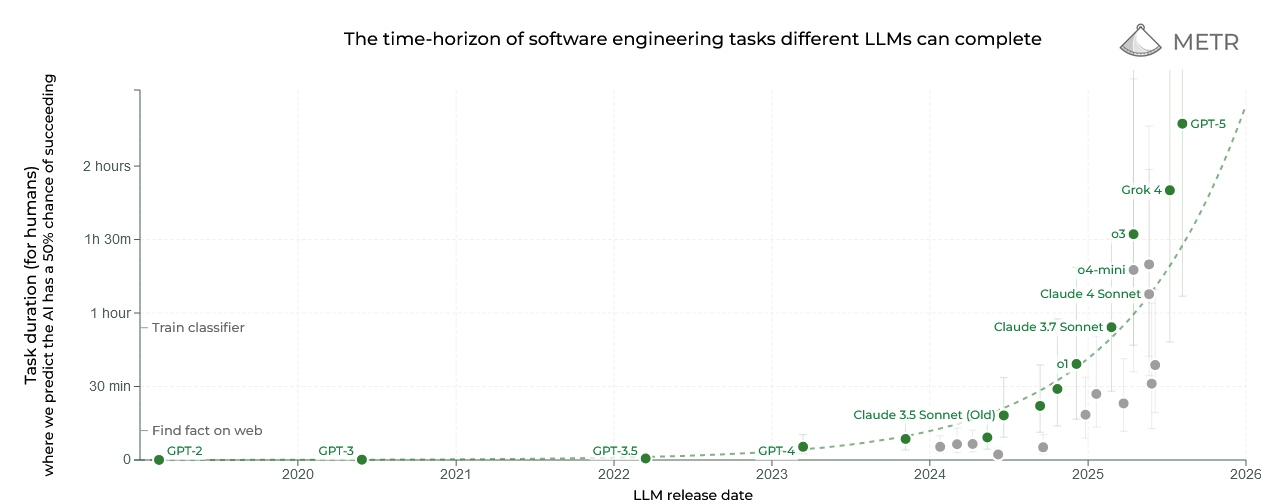A leading thinker in the field of aging research, Dr. David Sinclair, shares insights on the rapid pace of advancements in aging research and predicts the availability of age-reversing pills within the next 10 years.
According to Dr. Sinclair, a gene therapy based on partial cellular reprogramming, which still has not become widely available for humans, could cost around $2 million. In contrast to the high cost of the gene therapy method, Dr. Sinclair said that when pills become available, which will mimic the effects of the gene therapy and induce Yamanaka factor gene expression, they will cost a mere $100 for a month’s supply. This means huge savings in gaining access to tissue-rejuvenating technology in pill form.
As for tissue-rejuvenating pills, preclinical research has shown that four weeks of treatment with the molecules these pills would contain made mice physically and behaviorally younger. Moreover, the cocktail of molecules significantly lowered the mice’s biological age (an age assessment based on how well organs and tissues function). If these findings apply to humans, which will require human trials to measure, it may only be a matter of time before people start reaping the rejuvenating benefits of these molecules in pill form.



